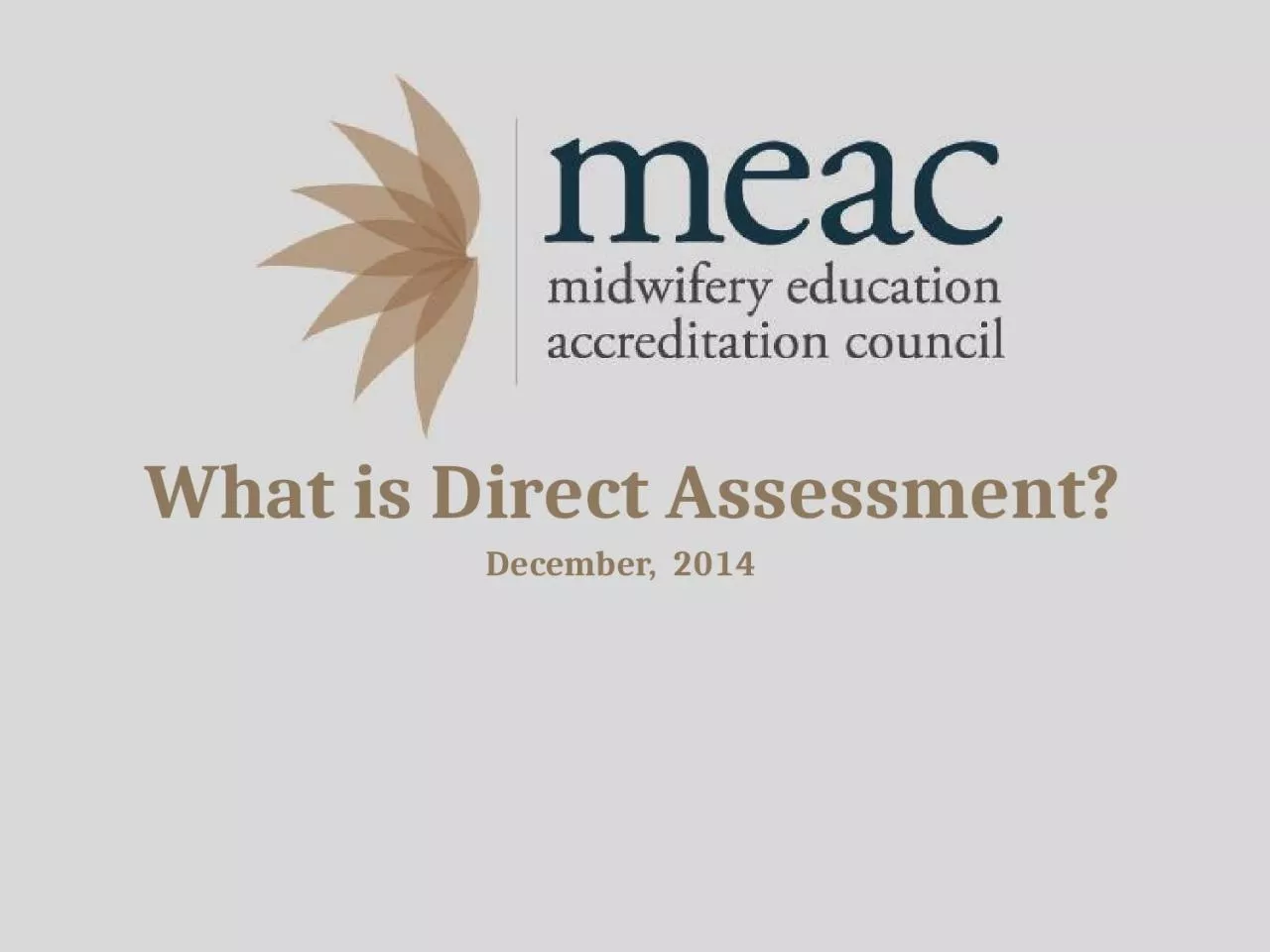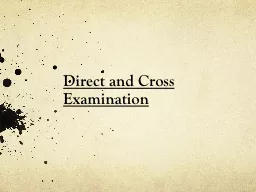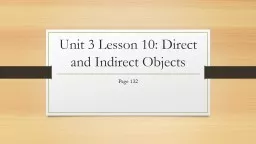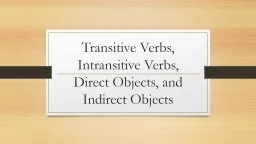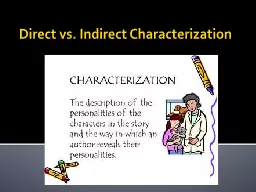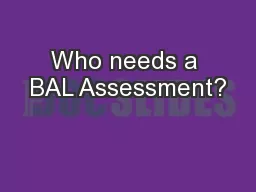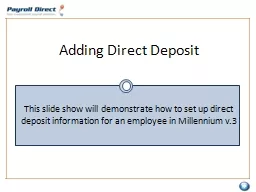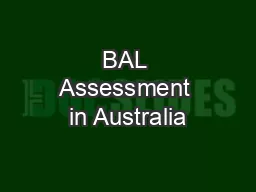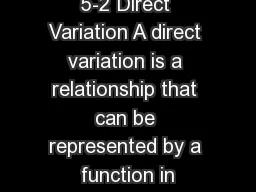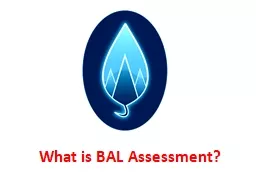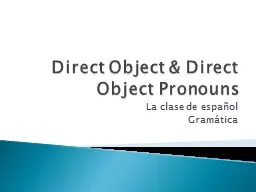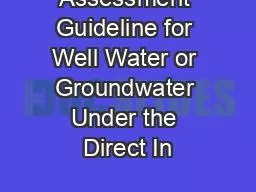PPT-What is Direct Assessment?
Author : oconnor | Published Date : 2023-07-19
December 2014 What is Direct Assessment Definitions Historical perspective midwifery educators are innovators Successful models Federal higher education regulations
Presentation Embed Code
Download Presentation
Download Presentation The PPT/PDF document "What is Direct Assessment?" is the property of its rightful owner. Permission is granted to download and print the materials on this website for personal, non-commercial use only, and to display it on your personal computer provided you do not modify the materials and that you retain all copyright notices contained in the materials. By downloading content from our website, you accept the terms of this agreement.
What is Direct Assessment?: Transcript
Download Rules Of Document
"What is Direct Assessment?"The content belongs to its owner. You may download and print it for personal use, without modification, and keep all copyright notices. By downloading, you agree to these terms.
Related Documents

